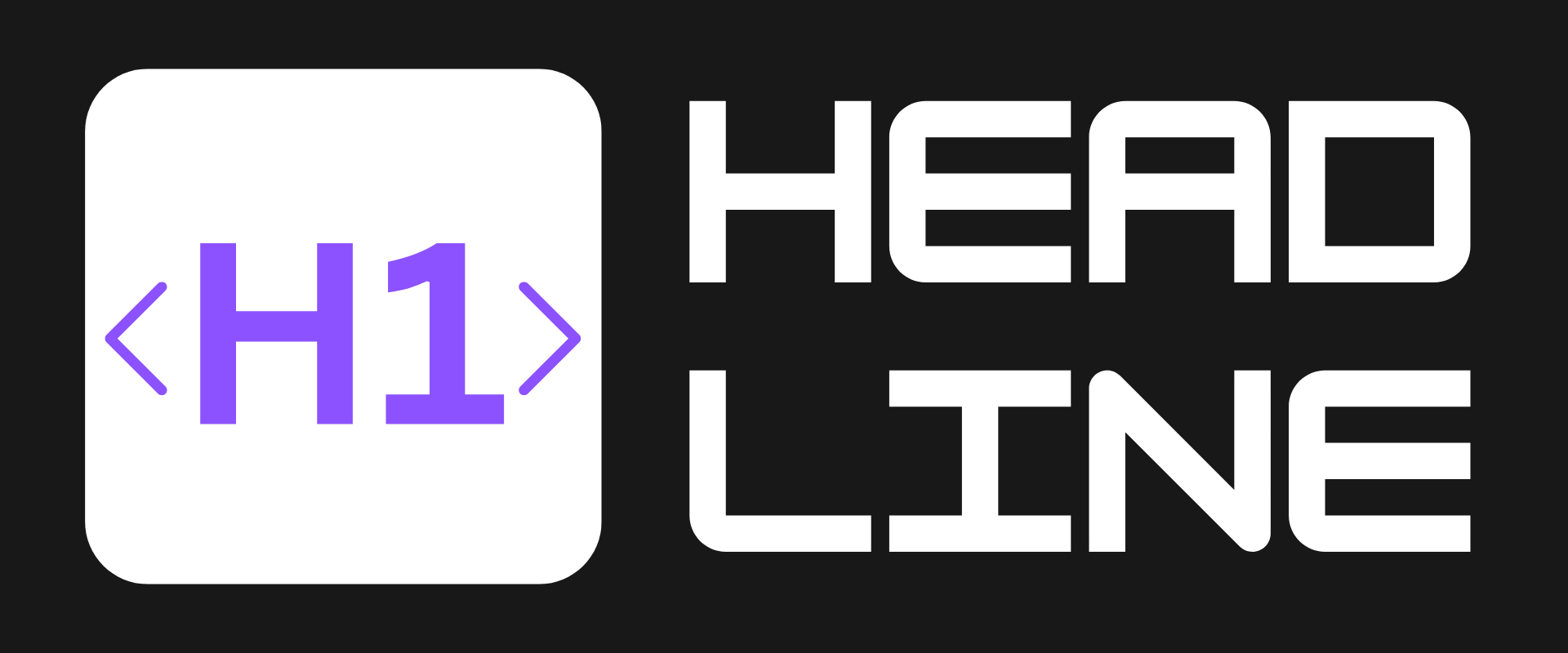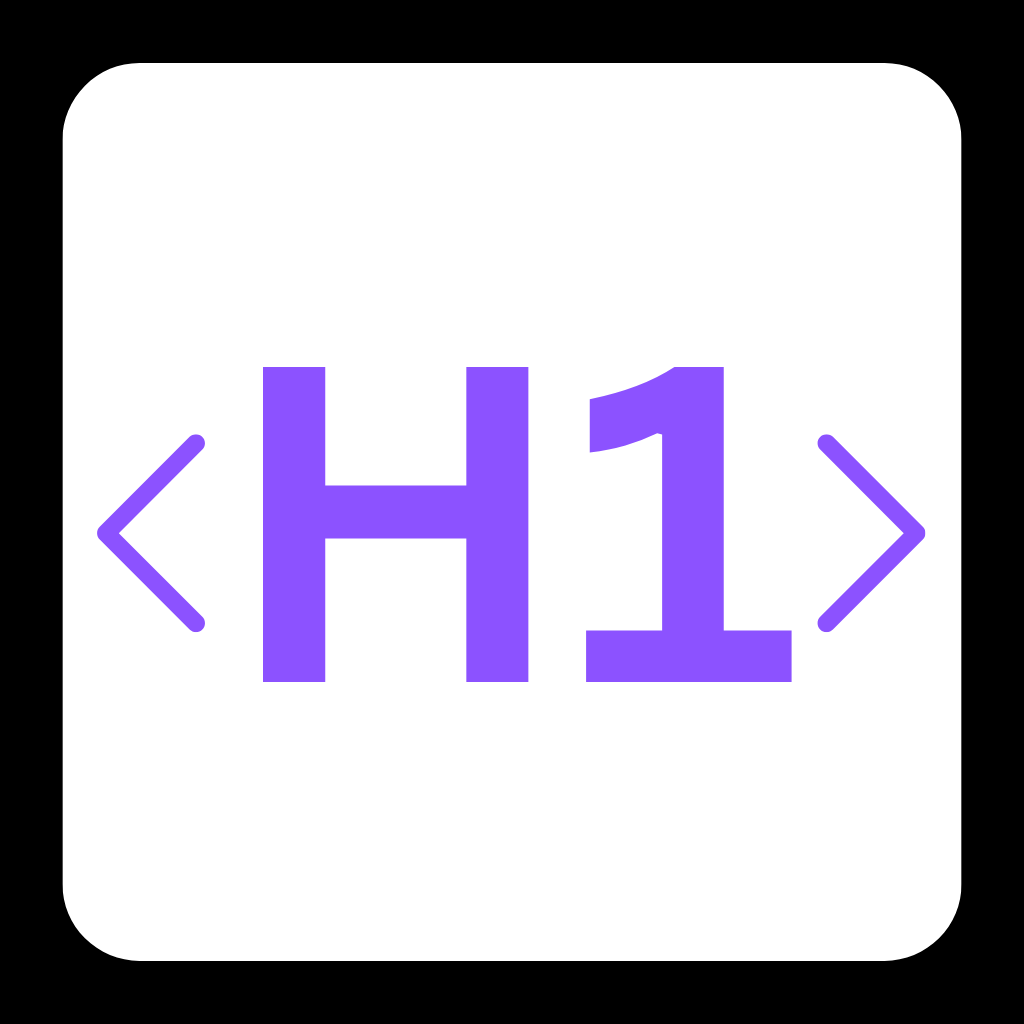Will AI 'Reporters' Make Courts More Open—Or Just More Confusing?

Imagine hearing the latest court rulings not from a judge, but from two computer-generated avatars that look and sound almost human. That’s not science fiction—it’s what just happened at the Arizona Supreme Court.
This month, the court didn’t announce its decisions in high-profile arson and DUI cases with written statements or live judges. Instead, ‘Daniel’ and ‘Victoria’, AI-powered avatars, told the public what the court had decided. Is this the future of justice and transparency, or are we crossing lines that could leave us even more confused about where the truth comes from?
Let’s dive in.
🧑⚖️ The Courtroom Goes Digital: Why the Arizona Supreme Court Turned to AI
- Faster, Slicker Communication: What used to take a team up to six hours to produce—video news releases—now happens in minutes with AI-generated spokespeople.
- Meeting Audiences Where They Are: The goal: make sure the public gets news through modern, engaging channels, right where they already consume media online.
- Human-Like Delivery: Daniel and Victoria, the court’s new virtual faces, are avatars designed to look uncannily real. All their words are penned by court justices and officials—AI just delivers the message.
- The Human Touch is Still Required: Despite lightning-fast production, state Communications Director Alberto Rodriguez reassures: “We still have to work with the bench to make sure that we’re getting accurate information.”
So why now? Frustration with slow, bureaucratic communication and a public that’s grown skeptical of institutions are partly to blame. Chief Justice Ann Timmer puts it plainly: the court wants to capture public attention and rebuild trust in the justice system, showing that “these are hardworking people” who really care about getting it right.
🚀 The Breakthrough: How AI Is Changing Legal Communication
- A Lightning-Fast Newsroom: Shrinking video release times from hours to minutes lets the court respond swiftly to big rulings and news cycles.
- More Accessible Justice: By using avatars to speak directly to the public, the court is trying to break down legalese and make rulings easier to understand for everyone—not just lawyers.
- Already Part of the System: AI isn’t new in law. Across the country, it powers legal research, document reviews, and analysis—usually off-camera, behind the scenes.
- Crafted by Humans, Delivered by AI: The Arizona court insists that AI only delivers the judge-written scripts. “This AI, at least that we’re using, is not generative,” says Chief Justice Timmer—meaning it doesn’t make up content or analyze cases itself.
There’s excitement about what this means: courts everywhere could become more transparent and relatable if people actually hear—and understand—what’s happening in real time.
⚠️ Challenges & Concerns: When AI Meets the Law
- 🚧 Credibility and Trust: Can the public really trust what looks like a human face, but is actually an avatar? Even with judge-written scripts, the line between real and synthetic can blur.
- ⚠️ AI Hallucinations: Other legal systems have faced problems where AI made up fake case citations or answers—New York recently had to block an AI “lawyer” from arguing a case, and California faced criticism after using AI to write exam questions for the bar.
- 🚧 Not a Substitute for Judgment: The Arizona Supreme Court says it draws a hard line: AI delivers information, but never makes legal judgments or decisions. Still, critics fear the temptation to let AI do more could grow over time.
- ⚠️ Human Oversight Still Needed: Even the best avatars are only as accurate as what’s loaded by humans behind the scenes. Lawsuits and PR missteps could come fast if something goes wrong.
✅ The Future: Can AI and Courts Work Together for the Public Good?
- ✅ Faster, Friendlier Access to legal news, rulings, and court procedures, especially for non-experts.
- ✅ Relieving Human Workloads so communication teams can focus on what matters most—accuracy, clarity, and public trust.
- ✅ Guardrails in Place: Arizona insists their tech is non-generative and always human-supervised. Other states and countries could follow suit—but only if they create similar guidelines and resist “over-automation.”
But the system is only as good as its oversight. As AI’s legal presence grows—helping, but not replacing, legal professionals—transparency and checks must be in place. Otherwise, the risks of communicating justice through pixels, not people, could outweigh the benefits.
🚀 Final Thoughts: Does AI Make Courts Stronger or Stranger?
The Arizona Supreme Court’s AI avatars might feel like a bold leap towards openness and accessibility—but only if humans keep steering the ship. For now, the line is drawn: AI supports, humans lead.
Is this the future you want to see in your own state or country?
How would you feel getting courtroom decisions from a digital avatar—not a judge? Hit the comments below—let's debate!
Let us know on X (Former Twitter)
Sources: Kevin Nious and Gadi Schwartz. Arizona Supreme Court turns to AI-generated 'reporters' to deliver news, 2025-05-30. https://www.ndtv.com/world-news/ai-could-wipe-50-of-entry-level-jobs-as-governments-hide-truth-anthropic-ceo-claims-8542485










